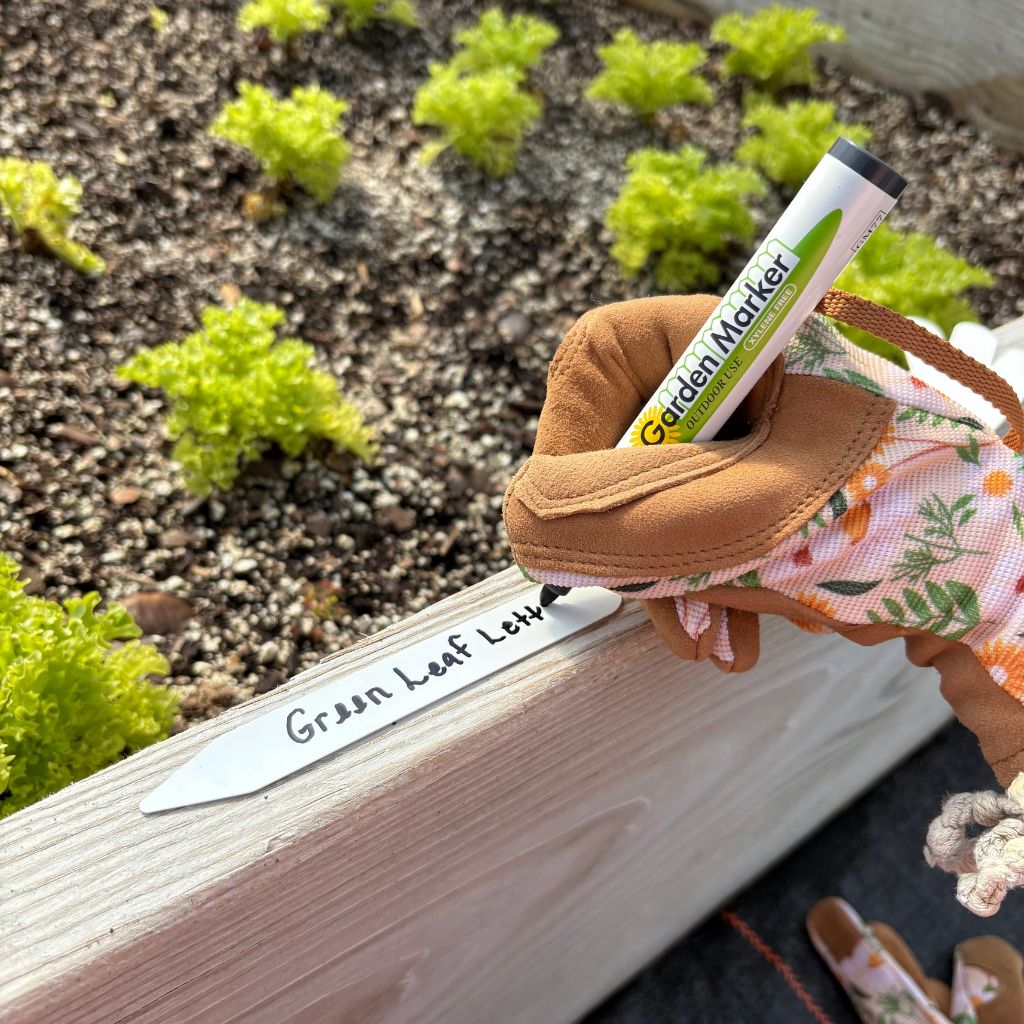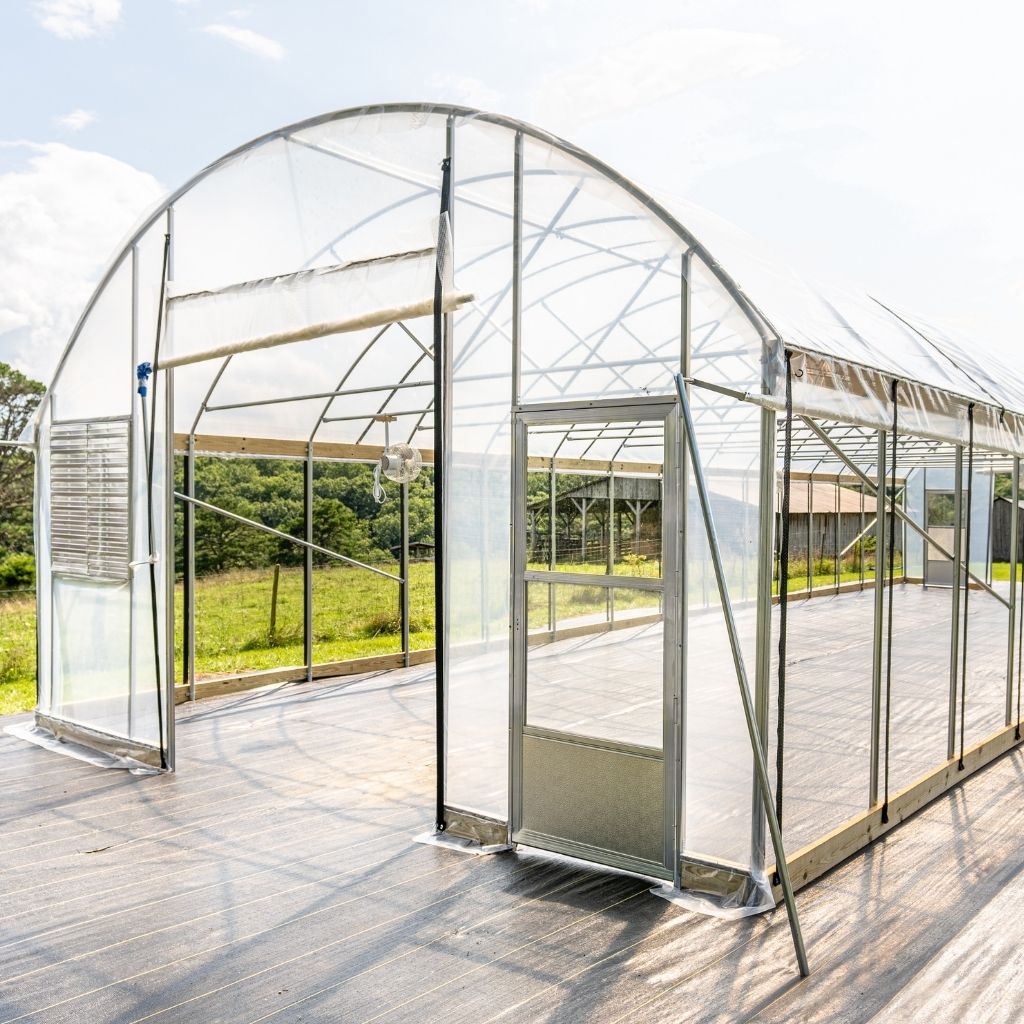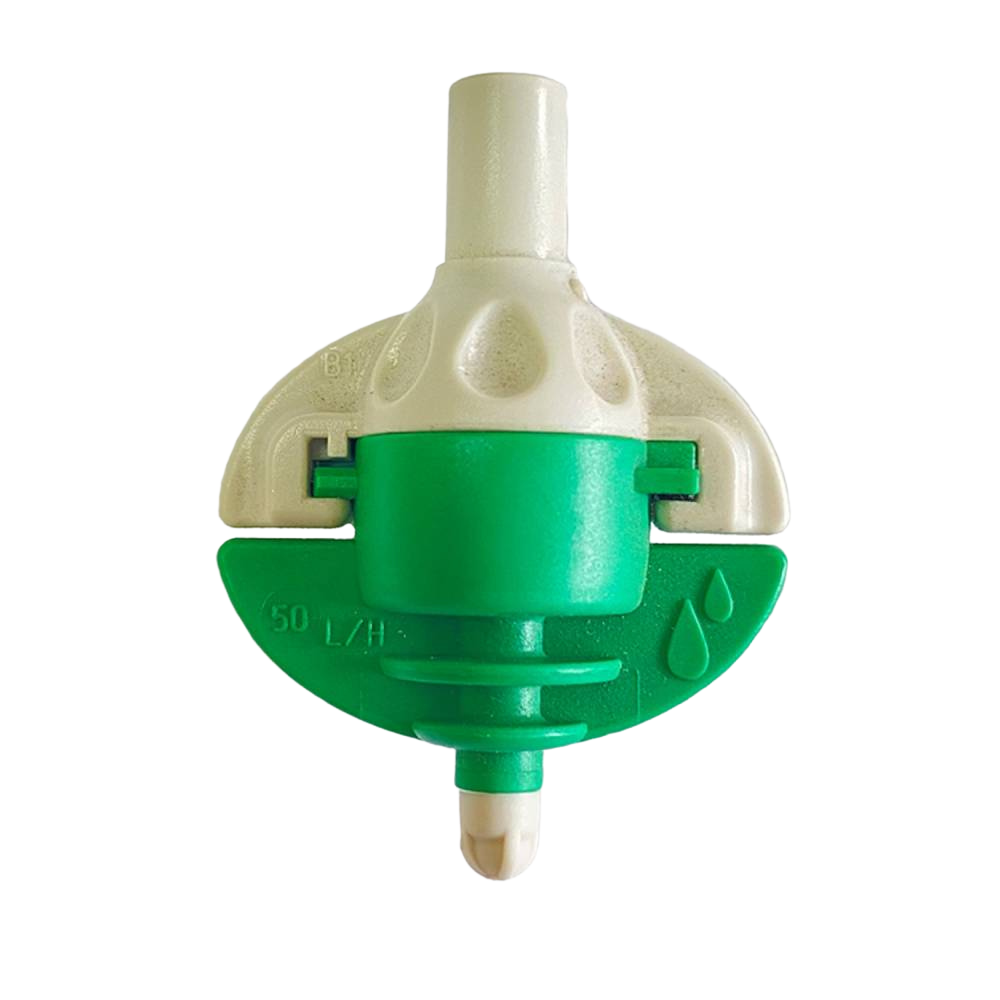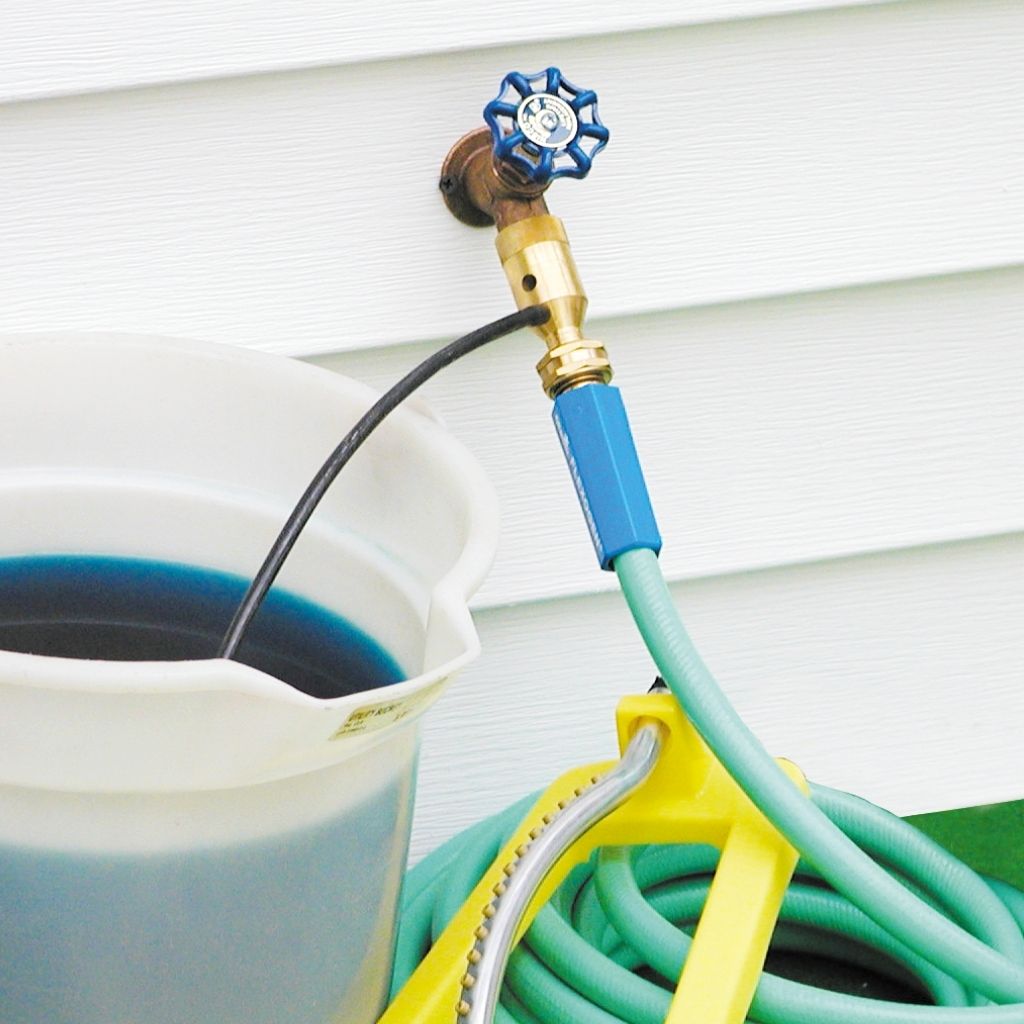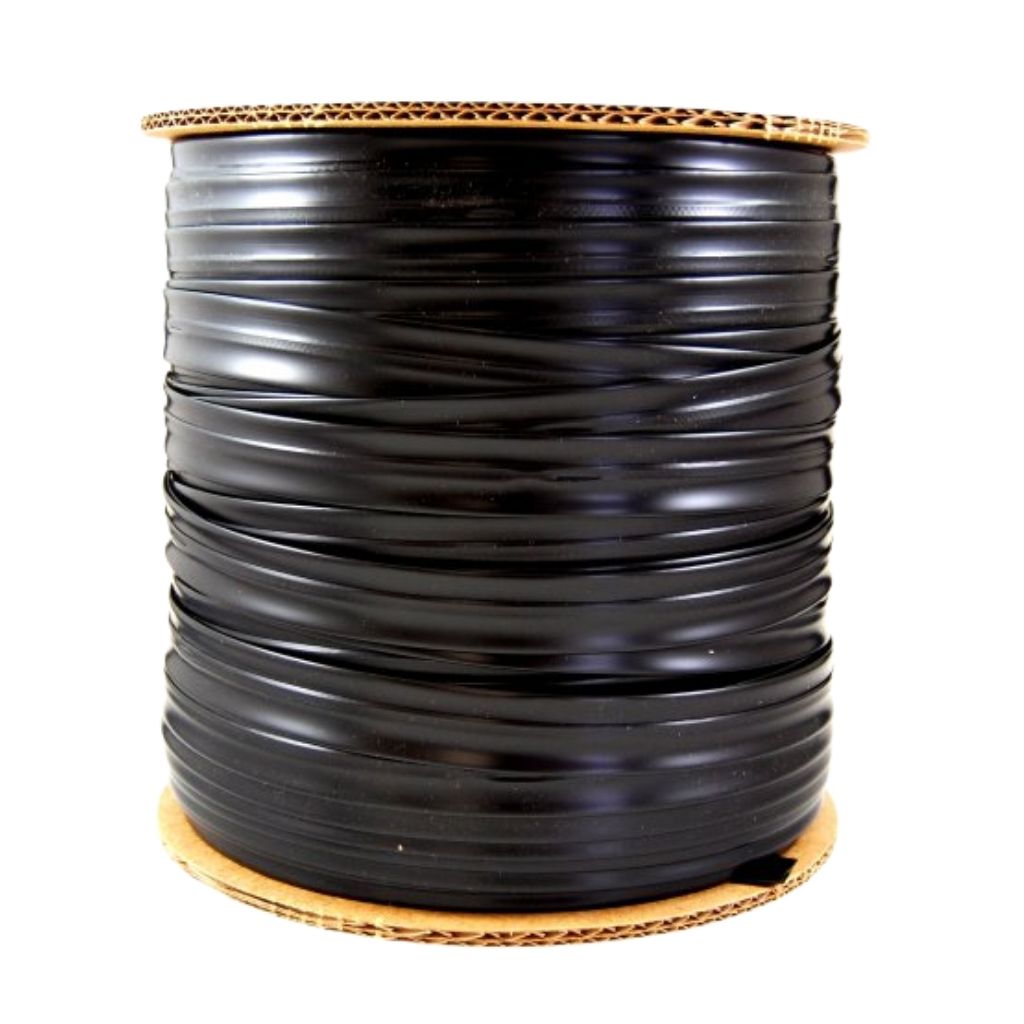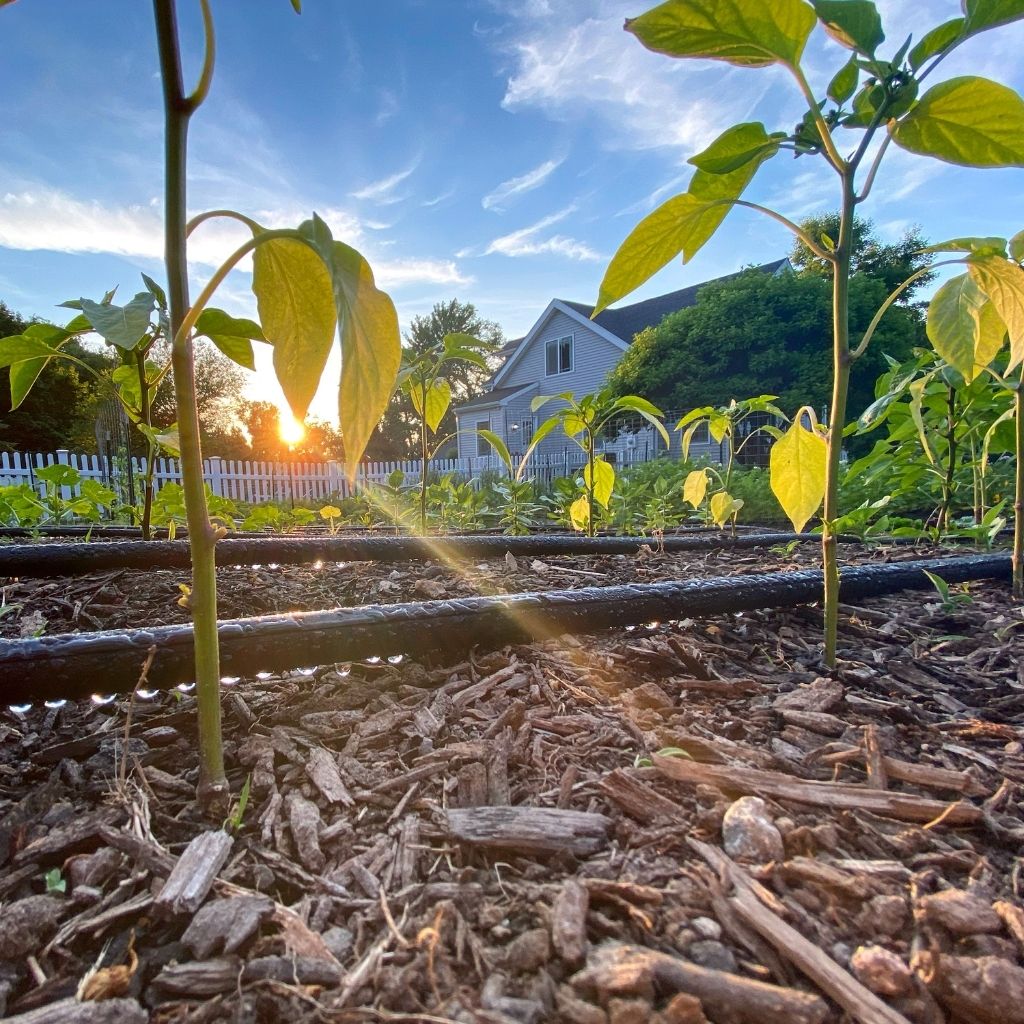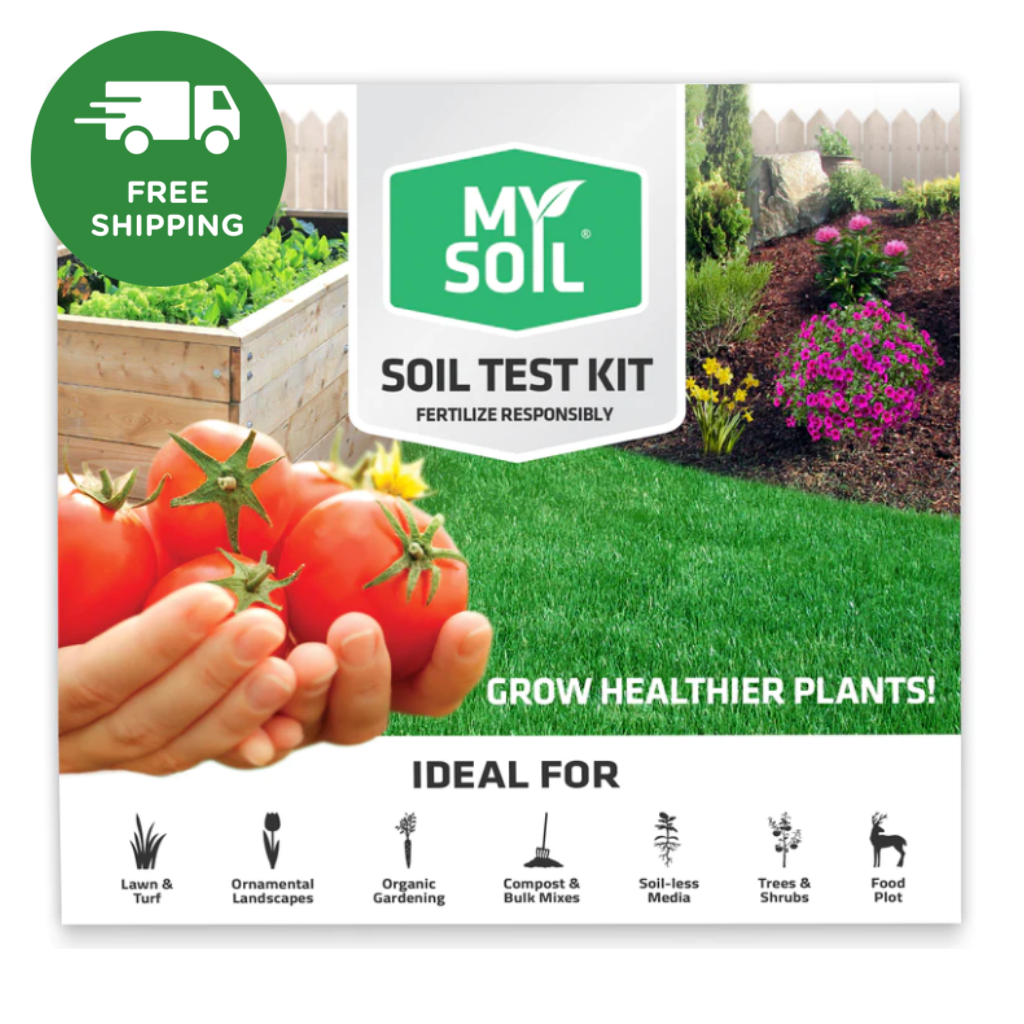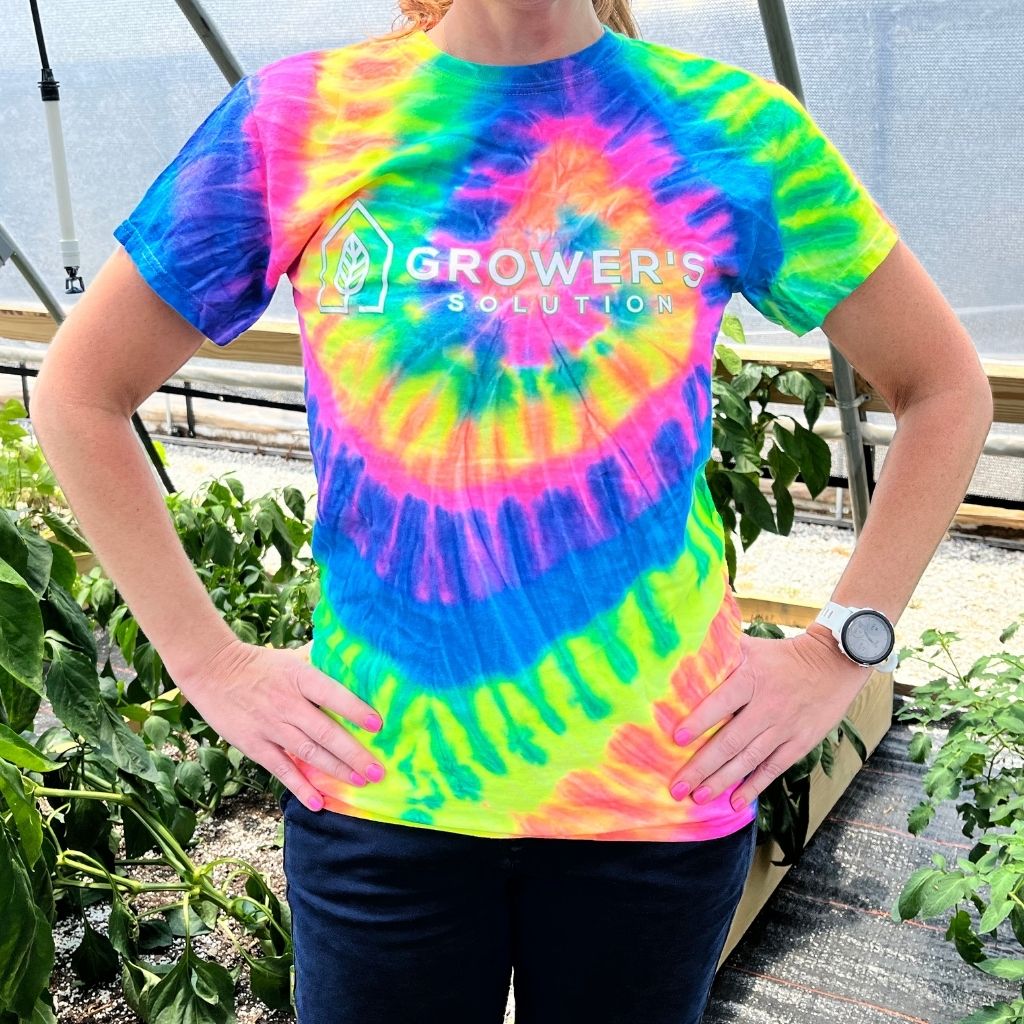Utilizing tools effectively: No-till cover crops
No-till Cover Crops and Tillage
I am not going to tell you that your garden plot requires regular tilling, let alone no tilling at all. In this article, we will go through practical technicalities that will work in the creation of wonderful soil. Soil with high tilth, powdery textures, aeration, dark, rich organic matter from years of constant decomposition all are attributes gardeners strive for in their garden soil make up. Light brown soils are typically weak in nutrient concentration, and are comprised of mostly sand and clay, with little compost in the soil make up. Darker brown soils have basic nutrients but lack other texture qualities that allow plant roots to seep, spread, and grow into. We will discuss color, texture, microbial & fungal properties. Then we can discuss the methods used in the past and present to help stabilize the soil, creating a net capable of capturing, producing, and nurturing a healthy soil.
Tillage was the beginning of art. Once humans tilled the earth, set crops with an expected harvest date, it allowed for other arts to be produced in the time that was normally spent hunting and gathering. It is very important to till at least twice, the spot you plan to farm. Typically, most gardeners' garden on the same spot, and with certain organic practices, this can be very beneficial to the consumer, and the soil. I disagree with methods that include no tillage, and heavy tillage is not the route to new active live soils. There are really two main soil creators on Earth. Trees do the hardest work in the forest, providing a stable eco system for the plants under its canopy to live, die, and regenerate the soil. The plants and trees combined with the animals and insects all team up with the microbial and fungal systems to live in equilibrium. Humans are the other aspect of soil creation. The human has the ability to organize all these systems, including technology into a cohesive unit for soil building. Most people assume the topsoil on their land has been there for centuries undisturbed, when in actuality for multiple centuries, not counting Native American influence, the soil has been used by humans with no return. Until recently our technology and information gathered by thousands of correspondents has been combined and utilized to create proper methods for soil building through scientific details. The topsoil people like to directly plant in, while avoiding tillage has been destroyed by improper forestry and farming methods for centuries before they were even settled in their home. It is the human's job to fix the soil for the future, it is nature's natural instinct to die and reproduce to create the soil at an ecological rate.
Tilling is detrimental to the soil only if done multiple times in the growing season, or if the bare soil is left for wind and sunlight to break it down. Water, along with the wind, and sunlight are actually the culprit for soil degradation when combined with human ignorance. In the 1930's farmers in the breadbasket during the dust bowl tended to till multiple acres for monoculture. The high winds, droughts, and untypical temperature fluctuations caused massive topsoil degradation because the farmer chose to plant only one specific crop, generally corn, and had poor irrigation methods, combined with improper planting formulas. Their land was left bare, top soil was left to fly with the wind and water, while sunlight dried up the single crops, leaving disease and fungus to finish off the weaker plants.
Cover crops should have been planted, and a successive farming plan implemented to make better use of the soil. Chemicals were utilized in the old days to combat improper practices that are now easily avoided through better soil management. Tilling is important when breaking ground for the first time. It helps eliminate weeds, while also bringing new weed seeds up from under the surface that may germinate while you grow your favorite vegetable crops. Tillage breaks the soil from clumps of clay and sand, mixing the hard compacted soil with soil additives. Plants and animals, and un broken ground dominated by European evasive grasses uncommon to North America before the puritans, British, and Spanish came with their dairy animals, cannot improve the soil at a fast rate compared to a forest, or organic, bio intensive farmer. Now we will discuss cover crops, and proper crop management for soil improvement.
Begin by tilling your ground. Add in worm castings, peat moss, manure, alfalfa and field hay, and leaves. You cannot go wrong while preparing your soil to add as much biomaterial as possible. As the years pass by, and seasons of growing commence, these additions will benefit the soil by becoming interconnected with the fungal and bacterial soil network.
Grow these cover crops to flowering, and kill them by mowing over or leave in place to become mulch. Keeping crops growing on the soil reduces erosion. Earthworms and microbes continue to increase and develop pathways through the soil around the root systems. The old root systems die, expanding the soil's mass, while simultaneously improving water drainage through the pathways developed by the old root systems. This allows the soil to obtain cooler temperatures, absorbing more water, protecting the crops during a drought. The resilience of the soil is increased, as well as no new weed seeds being brought to the surface as does happen with tilling. Here is a list of well-known cover crop varieties: "vetch, hairy vetch, oats, forage radishes" are perfect for sowing in the late autumn and winter. After mowing, the land could be tilled again and another mulch or cover crop can be added on top of compost, mushroom compost, and manure.
During autumn experiment with sowing a cover crop mix, using winter annuals, mixed grains, and legumes. In the spring roll over the crops, or mow it down to prevent its growth. By mixing the legumes with grains, you improve your chances of a cover crop becoming well established despite the weather requirements. There are also improved growth rates to obtain more biomass by mixing rye, hairy vetch, and crimson clover because of their nutrient requirements are not strained from absorbing from the same area of soil. Mixing the seeds utilizes different nutrients at the same time allowing the plants to grow faster, healthier, and more productive. If the winters in your area do not dip below 20* you can sow oats, barley, berseem clover, buckwheat, Lana vetch, purple vetch, fava beans, field peas, oil and fodder radish. If any of these crop names apply to you, or catch your interest, simple cut, and past, the name into an internet search engine, or a seed supplier's website. There you will be able to order specific crops and begin a crop rotation over cover crops supplying your soil with a natural nitrogen fix, and micro, and macronutrients.
For a spring planting with crops that thrive in warmth because they are considered €˜frost-tender' use crops such as sorghum-sudan, cowpeas, pearl millet, sunnhemp and soybeans. After the first frost, mow over these crops and kill them. Cover crops that quickly decompose with almost no need to till over, or cut back are forage radish, lab-lab bean or bell beans. These bean crops also help suppress weed growth.
In the spring, you should think about preparing your soil for fall vegetables such as the brassica family. During the summer, sow a mix of soybeans, cowpeas, and foxtail millet, sorghum-sudan and sunnhemp. Reduce your tillage, and increase your soil's texture, mass, nutrient content, and overall quality by developing a crop rotation specific for your area, and the produce you intend to grow year round.
Additional plants of unique varieties such as herbs can improve the soil integrity. If you did not know, most clover varieties have taproots that can extend up to 30 feet into the ground. These deep rooting plants can improve the texture, air and water absorption deep below the top soil line. As these crops die the roots die as well pushing and expanding the top soil improving the drainage and aeration, while providing nutrients and biomass for fungal and bacterial networks. With its six foot long roots Russian comfrey provides soil with nitrogen, phosphorus, and potassium. Rich in calcium, comfrey mines valuable plant nutrients deep in the subsoil. Comfrey should be spaced with 10 foot diameters, and must be removed by hand to prevent it from continuing its growth if you plan to sow a produce crop for harvest later the following year. Harvest comfrey for a compost tea, or mulch before it begins to form flower stalks. Buckwheat adds phosphorous to the soil. Alfalfa returns nitrogen and trace minerals, as well as having complex root systems that can stretch into the subsoil layer 30 foot deep. Crop rotation, not only for vegetable produce, but also for soil building cover crops becomes just as important throughout the growing season. The variations of cover crops produce a diverse nutrient selection in the soil. The deep penetrating roots spread, and separate the soil, allowing composted biomaterial to bind with clay and sand in a unique biological system. Eventually the use of a mechanical roto tiller will be obsolete because the soil system will be more productive requiring less destruction.
The tools we use for farming all have their specific uses. A tiller can break fresh ground, and mix the soil with amendments. A broad fork, and digging for maintain the air, and tilth of the soil. Shovels help bury old leaves, and decaying matter, while digging up clumps of hard, compact clay. Using plant roots to break into the strata, draw up nutrients, and die and compost into the soil bed to increase the soils effective function, also, is a tool. The ground, plants, and environment with the certain climate flux all will help the gardener determine the tools necessary without over extending their helpfulness. We recommend experimenting with different methods and tools, and I would disregard monotonous use of tools to avoid injury to you, your land, and future crop harvest.

